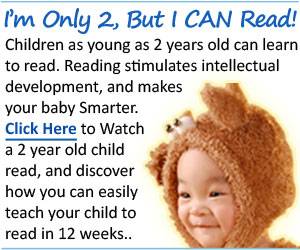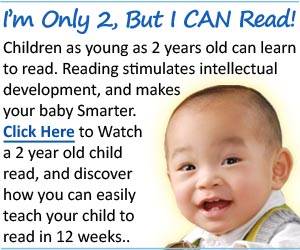Teaching academic skills to a child with autism can be a challenging task, but with patience, understanding and the right approach, it can be done successfully.
First and foremost, it’s important to understand that children with autism have unique learning styles and abilities. They may have difficulty with social interactions, communication and may have specific interests or obsessions. This means that traditional teaching methods may not work as well and may even be overwhelming for them.
One way to teach academic skills to a child with autism is through the use of visual aids. Many children with autism are visual learners, so using pictures, diagrams, and videos can be very effective in helping them understand and retain information. For example, instead of verbally explaining how to solve a math problem, use pictures and diagrams to show the steps.
Another effective approach is to use hands-on activities. Children with autism often have a hard time understanding abstract concepts, so providing them with a physical activity or manipulatives can make it easier for them to grasp the material. For example, for teaching fractions, use real-life examples such as cutting a pizza or a cake into different parts to help them understand the concept.
It’s also important to break down tasks and instructions into smaller, manageable chunks. Children with autism may have difficulty with multitasking and may become overwhelmed when given too much information at once. By breaking down tasks, you can make it less overwhelming and help them focus on one task at a time.
Another key to teaching academic skills to a child with autism is to provide them with a structured routine. Children with autism often thrive in a predictable environment, so having a set schedule and routine can help them feel more comfortable and secure. This can also help them feel more confident in their abilities and make it easier for them to understand the material.
Additionally, providing positive reinforcement can be a great way to encourage children with autism to learn. Children with autism often have a hard time understanding social cues, so providing them with verbal or nonverbal cues such as praise, stickers, or a high five when they accomplish something can help them understand that they have done something right.
It’s also important to keep in mind that every child with autism is different and may have different needs and abilities. It’s essential to work closely with the child’s therapist, teachers, and parents to understand the child’s specific needs and develop a plan that works best for them.
In conclusion, teaching academic skills to a child with autism may be challenging, but with patience, understanding, and the right approach, it can be done successfully. Using visual aids, hands-on activities, breaking down tasks, providing a structured routine, and positive reinforcement can all help make learning easier and more enjoyable for children with autism. Remember to work closely with the child’s therapist, teachers, and parents to understand the child’s specific needs and develop a plan that works best for them.
You may also love to read this:








